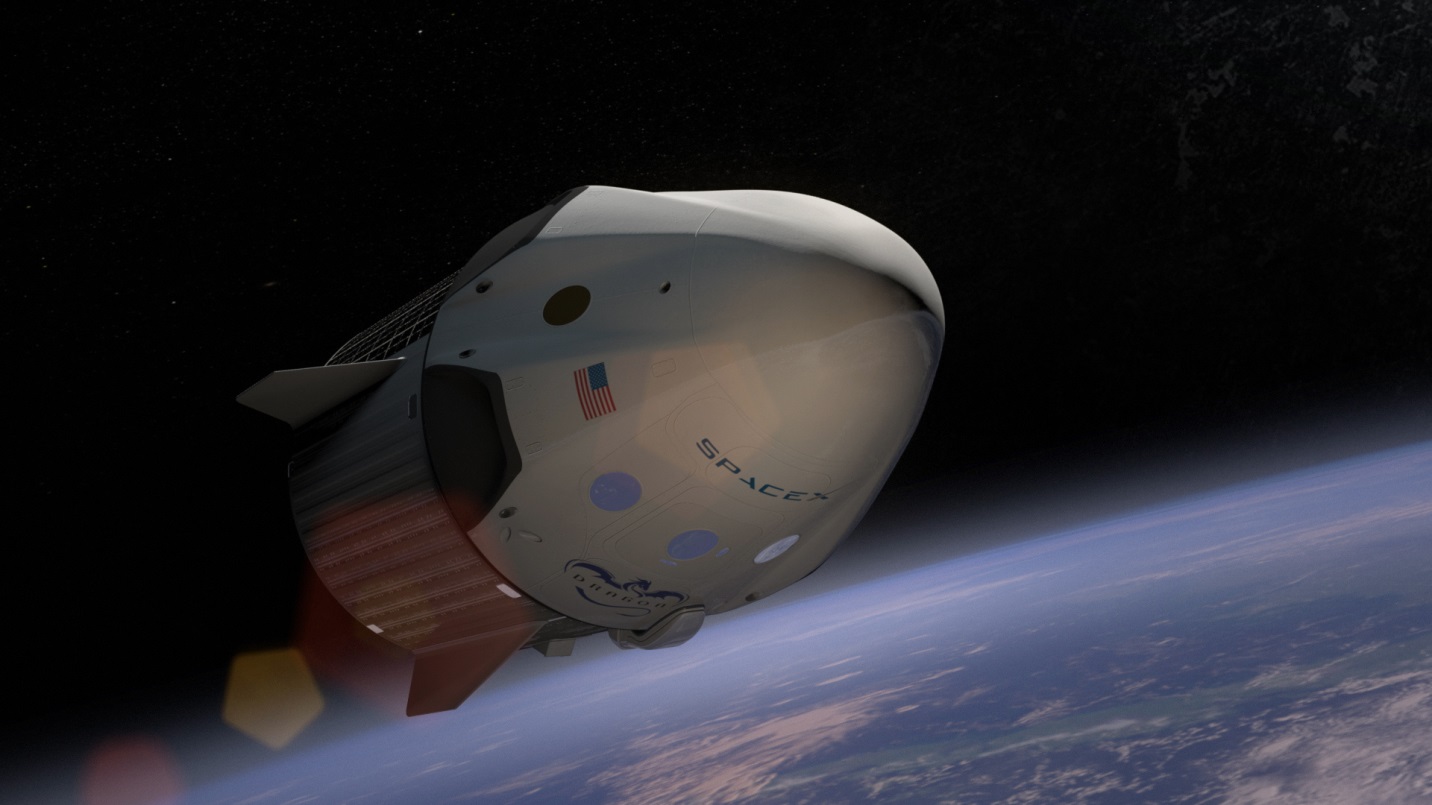Back in November The Badger, Science reported that SpaceX was planning to launch 4,425 satellites into space in order to provide high speed Internet access across the world. At the time the project was predicted to cost around £800,000,000 and would almost triple the number of satellites in space.
This story was covered during SpaceX’s launch ‘abstinence’ following a prelaunch explosion in September 2016, involving a Falcon 9 rocket and a $200 million satellite belonging to Facebook. SpaceX returned to the launch pad early this year, by this time there had been a four month silence, delivering ten satellites for Iridium Communications as part of a project to replace the 66 original Iridium constellation satellites plus 9 spares.
Once back on track the company quickly regained its penchant for extravagant goals declaring that, with the help of NASA, they had developed Dragon 2, a spacecraft that will be able to carry crew. The company announced in February that Dragon 2 will be taking its first astronauts to the International Space Station and two private citizens on a trip around the moon by the end of 2018.
SpaceX and NASA are already looking at potential landing sites for when Dragon 2 takes its first unmanned flight to Mars in 2020. The site will ideally have the features needed for human colonisation: near the equator for solar power, near large quantities ice for water and at low elevation for better thermal conditions.
As for their satellite project, the Falcon Heavy rocket, intended to carry the 4000 plus satellites into space is due to launch for its first test flight this summer. The Falcon Heavy is essentially three of SpaceX’s Falcon 9 rockets combined, providing 5 million pounds of lift off thrust; double that of the next largest launch vehicle currently flying.
Although none of these Internet satellites have been launched yet, there is already a lot of pressure on them to turn a profit. In a rare opportunity to look at SpaceX’s finances, the Wall Street Journal revealed that the company anticipated their global satellite internet to generate as much as $30 billion by the year 2025. From the rest of the journal’s analysis, it seems these funds are much needed as thanks to the setbacks at the end of 2016, resulting in only 8 of the 20 planned launches taking place, its very unlikely the company turned the profit it was expecting.

